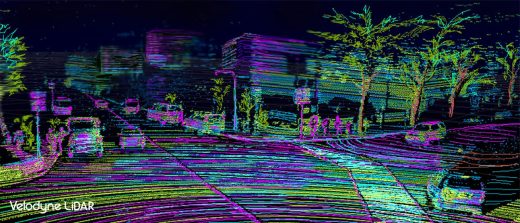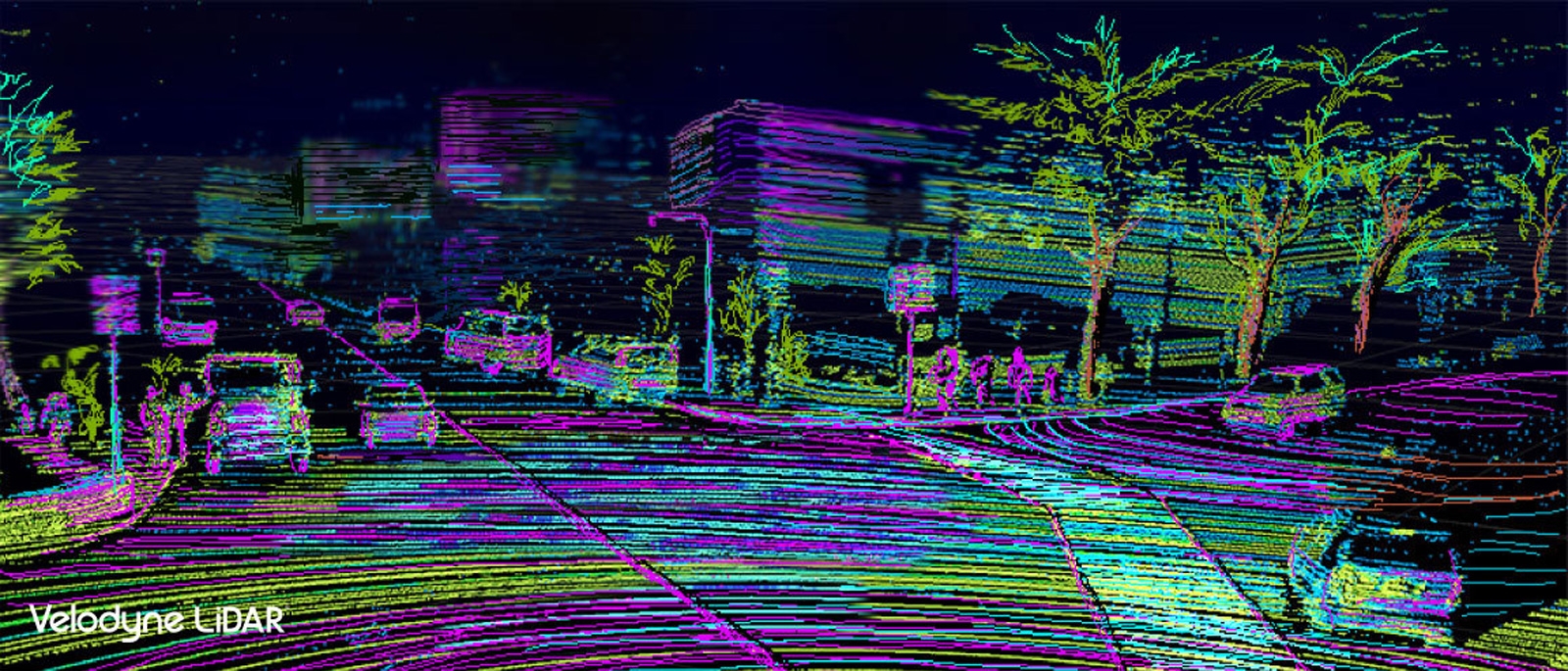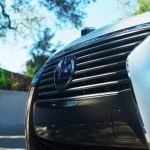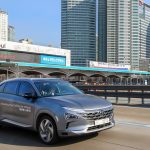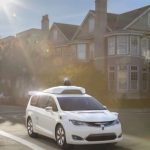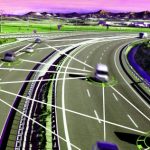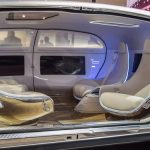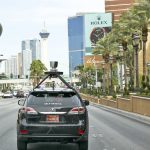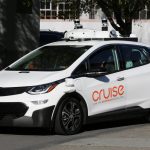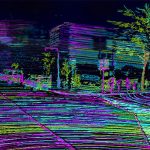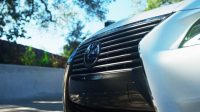Velodyne LiDAR helps self-driving cars operate at highway speeds
Have you noticed that many self-driving car tests avoid the highway? There’s a good reason for it: the LiDAR (laser pulse-based radar) cars use to navigate frequently can’t handle high-detail images at the speeds and distances needed for timely reactions. Velodyne might fix that with its newly unveiled VLS-128 LiDAR system. It has 10 times more resolving power than its predecessor and can detect objects up to 300 meters (984 feet) away, helping it spot even smaller hazards at high speeds.
As the company’s Anand Gopalan explained to The Verge, this could be crucial for the kind of dangers you see on the highway. An autonomous vehicle blasting down the road needs to very quickly determine whether or not an object is dangerous enough to require evasive action — you want the car to avoid an animal crossing the road, but you don’t want it to slam the brakes because of a paper bag.
The VLS-128’s power also promises faster reactions, as its detail could save cars from having to check their LiDAR data against cameras before making choices. It’s smaller and more efficient than Velodyne’s previous technology too, so it shouldn’t be quite so bulky as existing LiDAR systems.
The new hardware ships by the end of 2017. There’s no mention of pricing, but this is bound to be expensive when it’s Velodyne’s spare-no-expense option. Not that this is necessarily a problem. The company is pitching it as a solution for autonomous transportation services (think driverless taxis and buses) where the cost is much easier to swallow than it would be with a personal car. And when Velodyne is one of the bigger companies selling “off-the-shelf” LiDAR, this could be crucial to companies that want to offer autonomous rides but can’t afford to create hardware from scratch.
(59)

